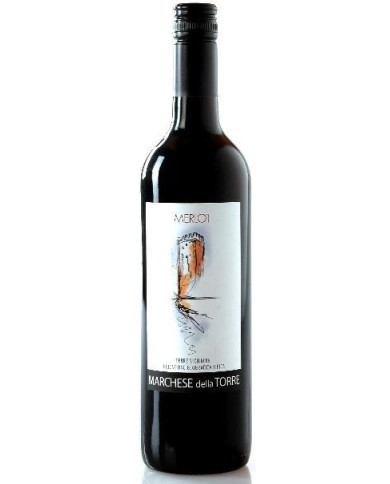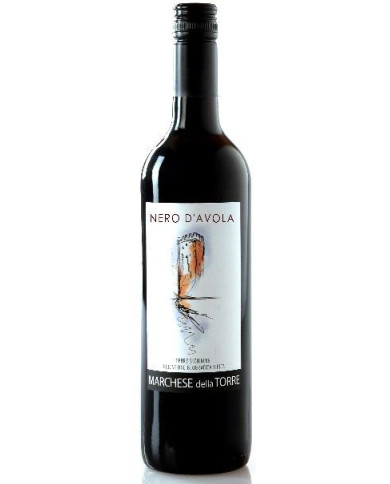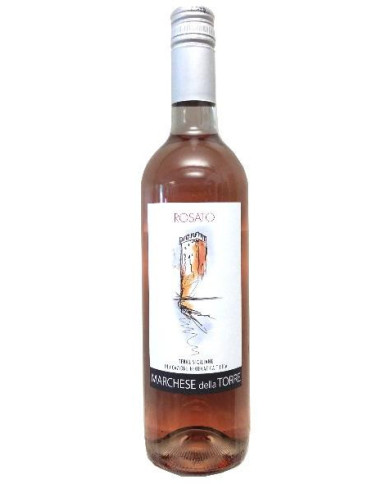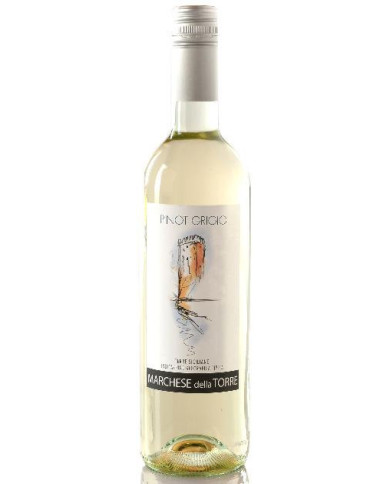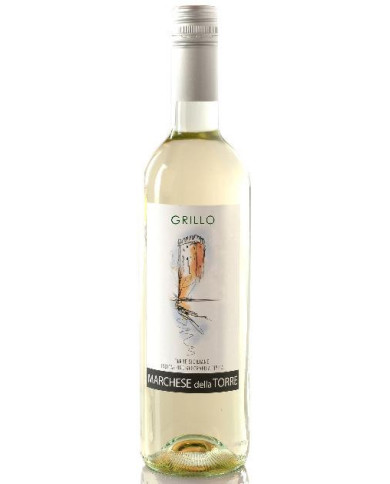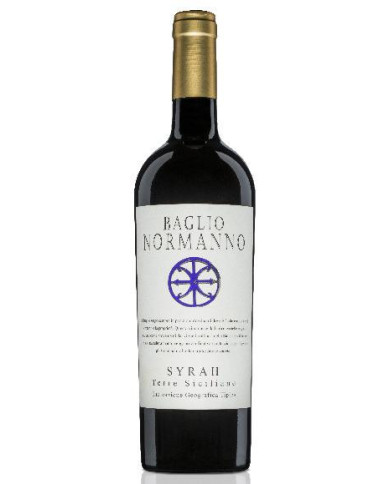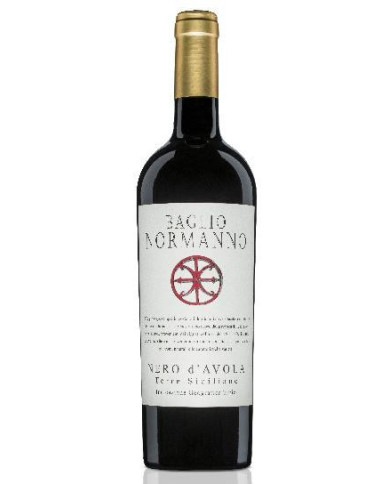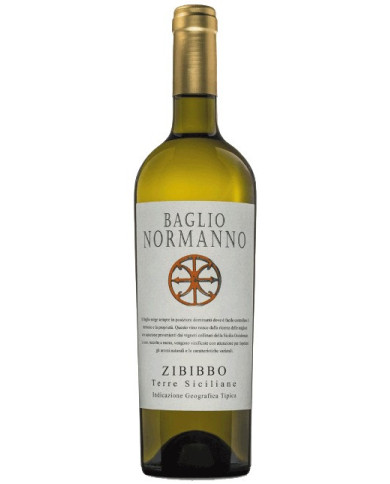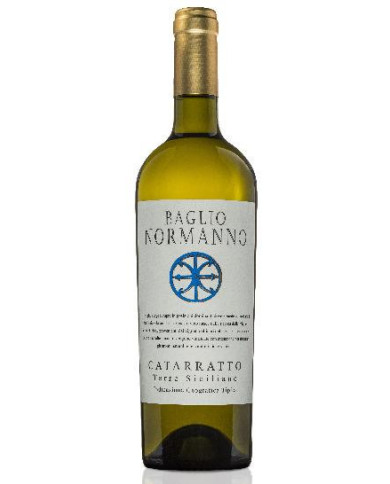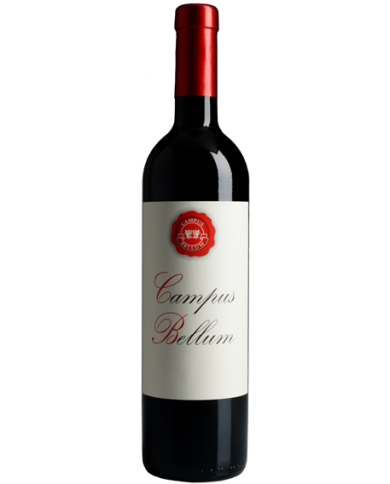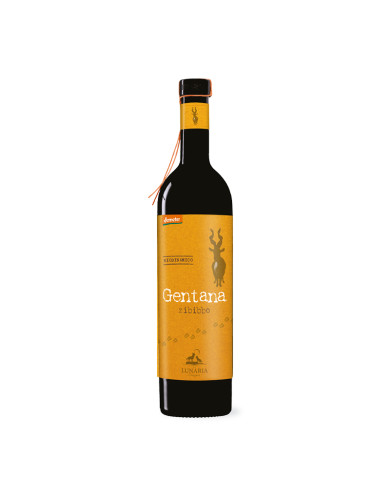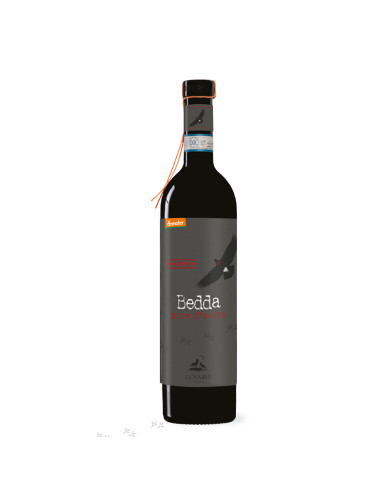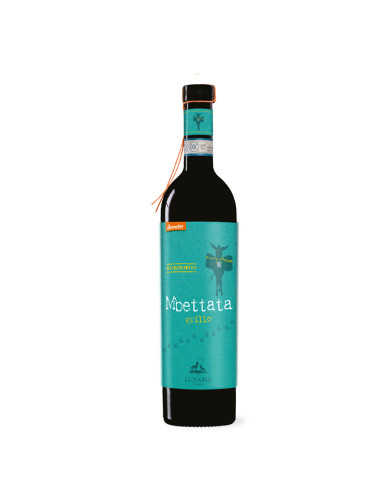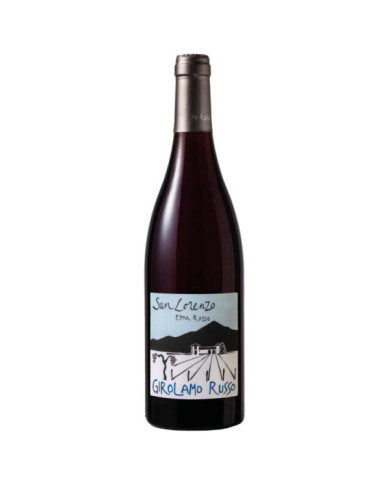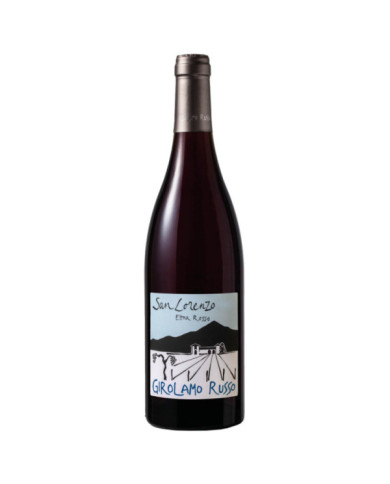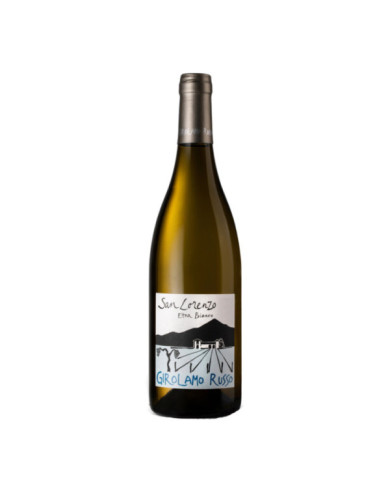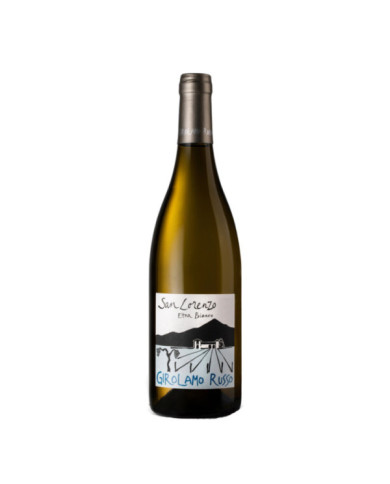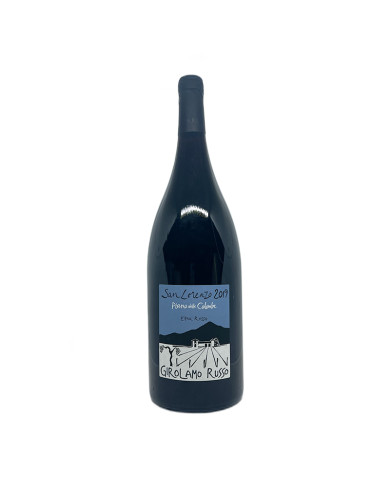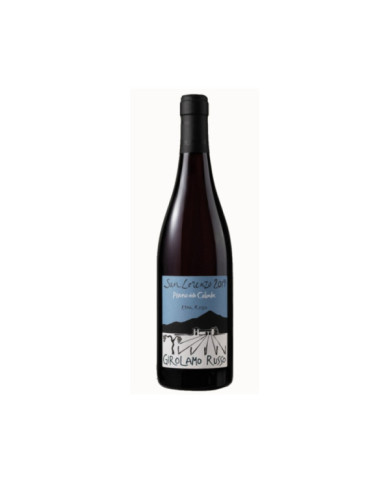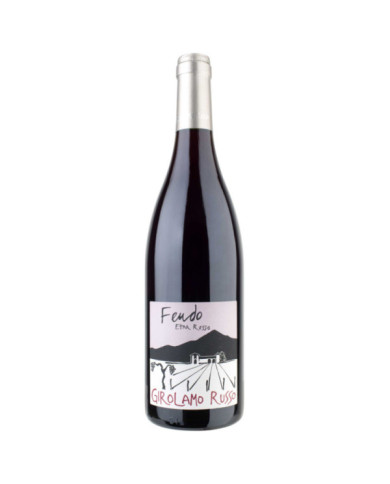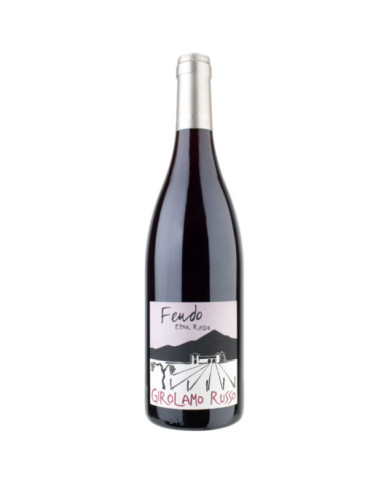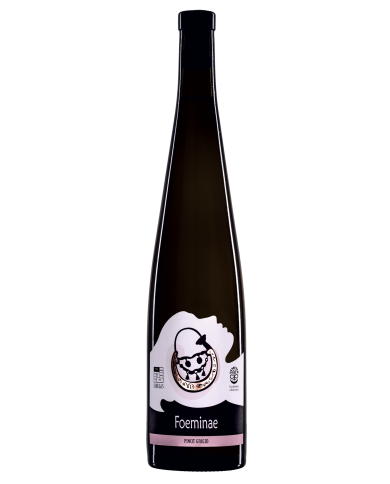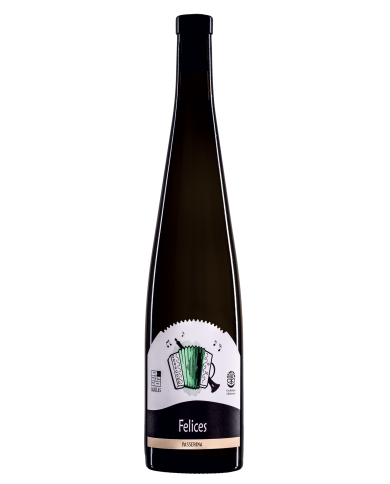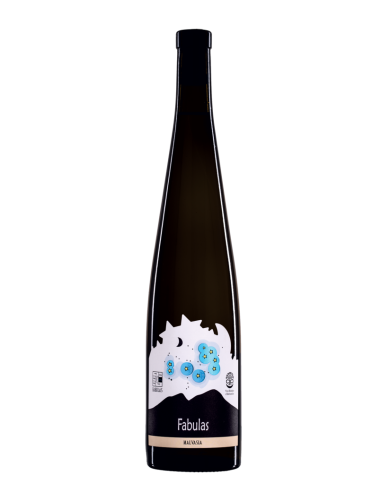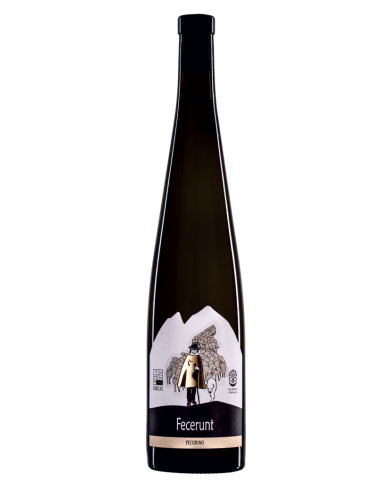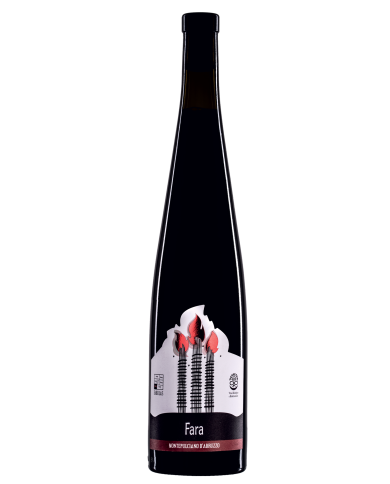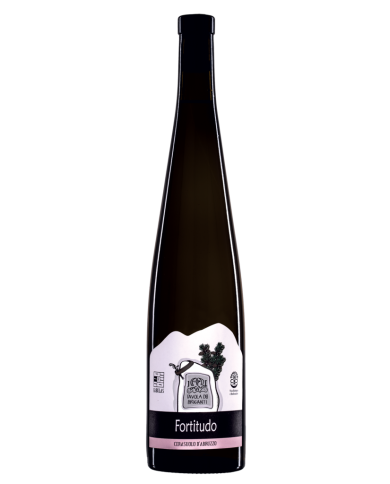Delicate hints of spices and citrus aromas. The palate is well defined with a strong character and a long finish.
Zibibbo has a history spanning thousands of years: it has Egyptian origins and after this first long adaptation to the North African coasts, Zibibbo was brought to western Sicily by the Phoenicians and the Greeks, becoming one of the most widespread and interesting varieties of the western Mediterranean around 800-700 aC During the Roman Empire the variety was also exported to other regions of southern Europe. Zibibbo is known in Sicily mainly by its Arabic denomination, Z'bìb, which simply means "raisins".
The name derives from the "black berry" fruit and from the Syracusan city of Avola. Nero d'Avola on the island was introduced several centuries ago by colonizers from Greece and then it adapted perfectly to this new environment so as to become the most famous and important black grape variety in Sicily. Until the first half of the 20th century, Nero d'Avola wine was used almost exclusively as a blending wine, in recent decades Sicilian winemakers have started the production of this wine alone with truly excellent results.
Grillo is a white grape variety widespread above all in western Sicily. The probable origin lies in what Baron Mendola wrote in 1874: ŌĆ£white Catarratto seed artificially fertilized with Zibibbo in the flowering of 1869 in my Piana dei Peri vineyard near Favara [ŌĆ”] . The same wrote also in 1904 "I hybridized the common Catarratto of Sicily [ŌĆ”] neck Zibibbo, to be able to make a more aromatic Marsala". The Grillo initially finds its origin in the Marsala area and then in the other provinces of the island. Il Grillo is capable of giving wines with a high alcohol content and then having the vocation of being particularly predisposed to ageing. The best Marsala is obtained by vinifying Grillo.
Girolamo Russo's Etna Rosso San Lorenzo was born in vineyards located in Contrada San Lorenzo (Randazzo), in the extraordinary wine-growing panorama of Etna, a terroir particularly suited to the production of wines of great value, which benefits from unique temperature ranges.
Girolamo Russo's Etna Rosso San Lorenzo was born in vineyards located in Contrada San Lorenzo (Randazzo), in the extraordinary wine-growing panorama of Etna, a terroir particularly suited to the production of wines of great value, which benefits from unique temperature ranges.
Etna Bianco "San Lorenzo" is a mineral and delicate white wine, made with Carricante grapes and other local varieties that grow at high altitudes on the sandy soils of the Great Volcano. The nose has a fine and very mineral olfactory profile, with suggestive notes of white pulp fruit, citrus fruits and pleasant floral sensations. It reveals a slender and dynamic body, of great progression and freshness, with a clear mineral trail
The San Lorenzo Piano delle Colombe magnum Etna Rosso DOC wine is a label signed by Girolamo Russo. With marked organoleptic characteristics, it is the perfect companion for robust first courses, grilled red meats, game, venison and noble poultry. Harmonious and characteristic, the San Lorenzo Piano delle Colombe magnum Etna Rosso DOC wine preserves the richness of the Nerello Mascalese grapes grown in the Randazzo area (CT)
Although the ruby color of young Nerello Mascalese is quite pale, here we find an extra point of density. It's not a casuality. The concentration offered by the old vines can be seen right from the colour. Then the nose. Closed in the first phase, it opens slowly offering first delicious notes of small red fruit, then much more. And then here's the strawberry, then the blueberry, a touch of currant. And yet another spicy nuance, an earthy, acrid, almost bloody hint and then again an undergrowth finish. The mouth recalls in the flavors everything that the eye and nose have anticipated. The wine is enveloping, the texture creamy. However, excessive softness is never felt, on the contrary. The mineral salts of the soil give a textbook sapidity, the acidity of the mountain is felt all right. And then the tannin, fine, well blended with the material, capable of giving rhythm to the sip. Final of great depth, clean elegance.
Girolamo Russo's Etna Bianco Nerina was born in vineyards located in the extraordinary wine-growing panorama of Etna, a terroir particularly suited to the production of wines of great value and in which the vines are trained as saplings, in this case at approx. 700 m. slm
Girolamo Russo's Etna Bianco Nerina was born in vineyards located in the extraordinary wine-growing panorama of Etna, a terroir particularly suited to the production of wines of great value and in which the vines are trained as saplings, in this case at approx. 700 m. slm
The Etna Rosso Feudo by Girolamo Russo was born in vineyards located in the Feudo district in Randazzo, in the extraordinary wine-growing panorama of Etna, a terroir particularly suited to the production of wines of great value, thanks to unique temperature ranges.
The Etna Rosso Feudo by Girolamo Russo was born in vineyards located in the Feudo district in Randazzo, in the extraordinary wine-growing panorama of Etna, a terroir particularly suited to the production of wines of great value, thanks to unique temperature ranges.
Discover the secrets of Sicilian wines: A journey through the winemaking tradition of Southern Italy
Sicily is one of the richest regions of Italy both for its history and for its winemaking tradition. Sicilian wines are among the most appreciated in the world and are famous for their quality. In this article we will discover what the secrets of these delicacies are and how to enjoy them to the fullest.
Sicilian Wines: An ancient and rich history
The tradition of wine production in Sicily dates back to the Greco-Roman period, when the island was rich in native varieties. Over the centuries, the production of Sicilian wines has remained at the heart of the region's culture and economy. Today, Sicilian wines are famous all over the world for their unique quality.
Sicilian wines: variety and characteristics
There are numerous varieties of Sicilian wines. The most famous are Nero d'Avola, Nerello Mascalese, Frappato and Grecanico. These wines are characterized by a great aromatic complexity: hints of red fruits, spices, flowers and vanilla. Nero d'Avola is an intense, full-bodied red wine, while Nerello Mascalese is lighter and fruitier. Frappato is a light and aromatic ros├® wine, while Grecanico is a fresh and fruity white wine.
How to choose the right wine
Choosing the right wine comes down to personal preferences and the occasion. For example, if you want to drink a high quality red wine, then you should opt for a Nero d'Avola. If you want a lighter and fruitier wine, you can choose a Nerello Mascalese. For a white wine, Grecanico is a great choice.
How to serve a Sicilian wine
To enjoy a Sicilian wine to the fullest, it must be served at a temperature of 18-20┬░C. It is advisable to serve red wines in fairly large glasses, with a wider base and a narrower top. White wines, on the other hand, are served in smaller glasses with a narrower base and wider top.
The right combination
Each wine has its own ideal pairing. For example, Nero d'Avola is a very versatile wine and goes well with meat-based dishes, such as grilled steak for example. Nerello Mascalese, on the other hand, goes best with fish or vegetable dishes. Frappato is a wine that goes well with lighter dishes, such as a mixed salad. Grecanico is a wine that goes well with fish or vegetable dishes.
5 tips for Sicilian wines
1. Choose a quality wine. Sicily is full of excellent quality wines, so choose a product from a reliable producer.
2. Taste more wines. Taste multiple Sicilian wines to find out which one you like best.
3. Store wine well. Store Sicilian wines in a cool, dry place away from heat sources.
4. Choose a right match. Pair Sicilian wines with the right dishes to get a unique taste experience.
5. Don't be shy. Don't hesitate to drink Sicilian wine and experiment with new varieties.
Discovering the secrets of Sicilian wines is a unique experience. Sicily is one of the richest regions of Italy and Sicilian wines are among the finest in the world. In this article we have explored the history of these wines, their characteristics, how to choose and serve a Sicilian wine and how to pair it with the right dishes. By following these tips you will be able to enjoy these delicacies to the fullest and discover the secrets of Sicilian wines.
Denomination Wines of Sicily
Sicily is a region famous all over the world for its wine production. Thanks to the Mediterranean climate, the presence of volcanoes and the richness of the soil, the island is able to produce some of the most appreciated wines in the world. In this article we will explore the main denominations of Sicilian wines, their vines and their organoleptic characteristics, to discover the excellence of Sicilian wine production.
Introduction to wine production in Sicily
The production of wine in Sicily has very ancient roots, dating back to Greek and Roman times. The region boasts a great variety of soils, from the volcanoes of Etna and the Aeolian Islands to the hills of the hinterland, which allow for the cultivation of numerous native and international vines. Thanks to the use of innovative techniques and attention to quality, Sicilian wine production is constantly growing, offering the market high quality wines, capable of satisfying every palate.
The main denominations of Sicilian wines
The denominations of wines of Sicily are divided into four main categories: Denomination of Controlled Origin (DOC), Denomination of Controlled and Guaranteed Origin (DOCG), Typical Geographical Indication (IGT) and Table Wines. Let's see in detail the characteristics of each one.
Denomination of Controlled Origin (DOC)
The denomination of controlled origin (DOC) is a quality mark that is assigned to wines that meet specific production criteria. In Sicily there are 23 DOCs, among which Cerasuolo di Vittoria, Moscato di Pantelleria and Etna Rosso stand out.
Cerasuolo di Vittoria
Cerasuolo di Vittoria is a red wine produced in the south-eastern part of the island, in the province of Ragusa. The wine is produced with grapes from the Nero d'Avola and Frappato vine, in variable percentages, and has an intense ruby red colour, a fruity aroma and a dry and soft flavour. It goes perfectly with red meats, cured meats and aged cheeses.
Muscat of Pantelleria
Moscato di Pantelleria is a sweet wine produced on the island of Pantelleria, located southwest of Sicily. The wine is produced with grapes from the Moscato di Alessandria vine, locally called Zibibbo, and has an intense golden yellow colour, an intense and aromatic bouquet and a sweet and soft flavour. It goes perfectly with sweets and desserts.
Etna Red
Etna Rosso is a red wine produced on the slopes of Etna, the highest active volcano in Europe. This wine is mainly produced with grapes from the native Nerello Mascalese vine, which grows on volcanic and high altitude soils.
What is Sicily's most famous wine?
A: Sicily's most famous wine is Etna Rosso, a red wine produced on the slopes of Etna.
Denomination of Controlled and Guaranteed Origin (DOCG)
The denomination of controlled and guaranteed origin (DOCG) is the maximum expression of the quality of Italian wines. In Sicily there is only one DOCG, the Cerasuolo di Vittoria. This dry red wine is produced in the Vittoria area, in the province of Ragusa, with grapes of the Nero d'Avola and Frappato vine in variable percentages. The wine has a ruby red colour, a fruity aroma and a soft and persistent flavour. It goes perfectly with red meats, cured meats and aged cheeses.
Typical Geographical Indication (IGT)
The Typical Geographical Indication (IGT) identifies wines produced in a specific geographical area and which have some typical characteristics. In Sicily there are four IGTs: Terre Siciliane, Salina, Val di Mazara and Alcamo. IGT wines can be produced with international grape varieties, such as Chardonnay, Cabernet Sauvignon and Merlot, but also with native varieties.
Table wines
Table wines are wines produced in Sicily that do not fall into the DOC, DOCG or IGT categories. Despite this, many of them are of the highest quality, produced with native grapes and according to traditional methods. Among the best known are Nero d'Avola and Grillo.
Sicily is a region with a great winemaking tradition, which has been appreciated all over the world for the quality of its wines. Thanks to the presence of volcanoes, the Mediterranean climate and the variety of the terrain, the island is able to produce wines of the highest quality, capable of satisfying every palate. From DOC to IGT, from white wines to red wines, Sicilian wine production is a real winemaking excellence.
FAQs
What are the native vines of Sicily?
Among the main native vines of Sicily are Nero d'Avola, Frappato, Inzolia, Grillo and Zibibbo.
How many DOC wines are there in Sicily?
In Sicily there are 23 DOC wines.
What are the main pairings of Sicilian wines?
The red wines of Sicily go perfectly with red meats, cured meats and aged cheeses, while the white wines are ideal with fish dishes, seafood and fresh cheeses.
What is the difference between DOC and DOCG?
The main difference between DOC and DOCG is that DOCG guarantees a superior quality of wine, with even stricter production criteria and more frequent controls.
What are the best known wines of Sicily?
Among the best known wines of Sicily are Etna Rosso, Cerasuolo di Vittoria, Nero d'Avola and Grillo.

